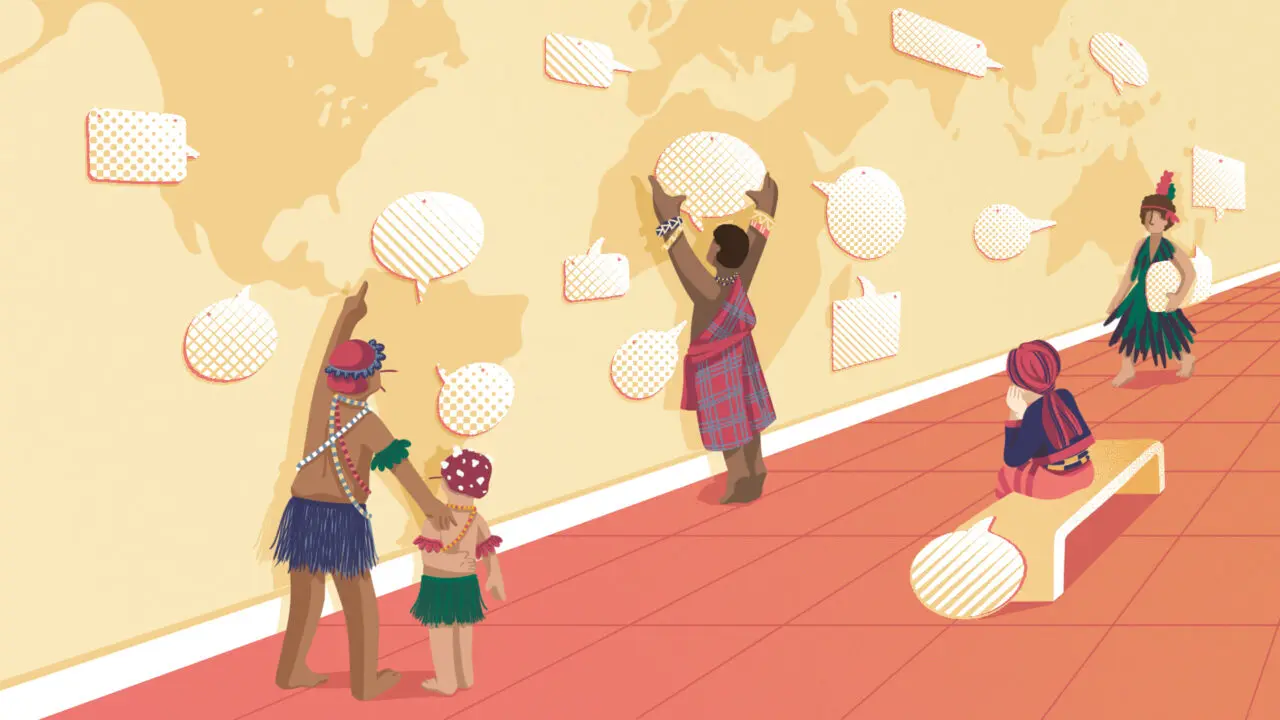The Forgotten Languages: Why Linguistic Extinction Should Worry Us All

In a rapidly globalizing world dominated by major languages like English, Mandarin, and Spanish, thousands of other languages are quietly slipping into oblivion. Every two weeks, on average, a language disappears. According to UNESCO, over 40% of the world’s estimated 7,000 languages are endangered. These are not merely communication systems vanishing—they are vessels of cultural identity, history, and human knowledge. Linguistic extinction is not just a loss for those communities—it’s a loss for all of humanity.
This article explores the gravity of linguistic extinction, why it matters more than most people realize, and what can still be done to preserve the world’s endangered tongues.
1. What Is Linguistic Extinction?
Linguistic extinction occurs when a language ceases to have any speakers, either native or fluent. This process is rarely sudden. It often begins when a dominant language takes over educational systems, government institutions, and media, pushing minority languages to the margins. Over time, fewer children learn the language at home, elders pass away, and eventually, the language is no longer spoken.
Linguistic death can be:
-
Sudden: Due to the sudden collapse of a community from war, genocide, or disease.
-
Gradual: Through generational language shift, where younger people adopt a more dominant language.
-
Bottom-up or top-down: Influenced by social preference, discrimination, or government policy.
2. The Scale of the Crisis
The statistics are sobering:
-
UNESCO classifies more than 3,000 languages as endangered.
-
Around 600 languages have fewer than 100 speakers.
-
In Australia, 90% of Aboriginal languages are no longer spoken fluently.
-
In the Americas, many indigenous languages are at the brink of extinction due to centuries of colonization and cultural suppression.
And it’s not just rural or isolated communities at risk. Urbanization, migration, and assimilation pressures in modern cities also contribute to the decline of minority languages spoken by immigrant or indigenous populations.
3. Why Should We Care?
a. Languages Are Cultural Repositories
Every language is a repository of a community’s collective memory and cultural practices. Myths, songs, oral histories, proverbs, rituals, and worldviews are embedded in language. When a language dies, the unique perspective of a people disappears with it.
For example, many Aboriginal Australian languages contain detailed environmental knowledge—including the names of plants, animals, weather patterns, and geographic landmarks—that do not exist in English. This information is invaluable for understanding local ecosystems and can contribute to conservation efforts.
b. Languages Encode Unique Ways of Thinking
Language shapes thought. This is known as the Sapir-Whorf hypothesis, which suggests that the language we speak influences how we perceive and interact with the world. Languages differ not only in vocabulary but in grammar, metaphor, spatial orientation, and even how they describe time and relationships.
For instance:
-
The Guugu Yimithirr people in Australia use cardinal directions (north, south, east, west) instead of left and right—even in everyday conversation.
-
In some Amazonian languages, there are no fixed words for numbers or colors; instead, these are described through relational or experiential terms.
-
The Pirahã language reportedly has no past or future tense, reflecting a culture that lives intensely in the present.
These linguistic quirks aren’t just oddities—they’re windows into alternative ways of being human.
c. Loss of Language = Loss of Knowledge
Languages often carry scientific, botanical, and ecological knowledge passed down orally through generations. Indigenous languages, in particular, often include detailed classifications of local biodiversity. Linguistic extinction means losing information that could help in areas like medicine, agriculture, and environmental science.
As languages die, so too do the nuanced understandings of medicinal herbs, sustainable hunting practices, and weather prediction—all shaped by centuries of lived experience.
d. Human Rights and Identity
Language is integral to identity and belonging. For many communities, their language is more than a communication tool; it’s a marker of who they are. Suppressing or losing a language can create deep psychological and social harm, especially in indigenous or minority groups who have already faced marginalization.
UNESCO recognizes language rights as part of cultural rights. Allowing languages to die without effort to preserve or revitalize them reflects a broader societal disregard for minority communities.
4. What Causes Language Death?
Linguistic extinction has complex roots, often tied to broader social, political, and economic forces:
a. Colonialism
Historically, colonization replaced native languages with those of the colonizers—Spanish in Latin America, English in North America and Africa, French in West Africa and the Caribbean.
b. Globalization
Economic and social mobility now often depend on speaking global languages. Parents may stop teaching their native tongues to children to increase their future opportunities.
c. Urbanization
As people migrate to cities, they adopt dominant urban languages for survival. Small languages get left behind in rural areas, becoming associated with poverty or backwardness.
d. Education Systems
Many national education systems favor one or two official languages. This marginalizes native tongues, sometimes banning their use in schools altogether.
e. Stigma and Discrimination
Some languages are associated with lower status, backwardness, or political resistance. Speakers may feel ashamed or be actively discouraged from using their mother tongue.
5. Can Endangered Languages Be Saved?
The good news is that language revitalization is possible, and in some places, it’s thriving.
a. Revival Success Stories
-
Hebrew: Once considered a “dead” language used only in religious contexts, it was revived in the 19th century and is now the official language of Israel.
-
Welsh: After decades of decline, Welsh has seen a resurgence thanks to government policy, education programs, and media support.
-
Maori (New Zealand): Initiatives like “language nests,” Maori-language TV, and public signage have helped reverse some of the loss.
b. Grassroots Movements
Communities are leading the charge with efforts like:
-
Teaching native languages at home
-
Creating dictionaries and language learning apps
-
Recording elders’ speech and oral histories
-
Hosting immersion camps and cultural festivals
c. Technology’s Role
Digital tools are aiding the movement:
-
Duolingo now offers courses in Hawaiian, Navajo, and Scottish Gaelic.
-
AI models are being trained to understand and translate rare languages.
-
Social media allows communities to communicate in their native language, share songs, stories, and connect globally.
6. What Can We Do?
Whether you’re a linguist, policymaker, or just a curious global citizen, there are several ways to help preserve linguistic diversity:
-
Support Indigenous rights and education initiatives.
-
Promote multilingualism in schools and communities.
-
Advocate for inclusive media that features minority languages.
-
Donate or volunteer for organizations working in language preservation.
-
Learn an endangered language—even a few phrases can make a difference.
Even showing interest and respect for lesser-known languages goes a long way in validating their value.


